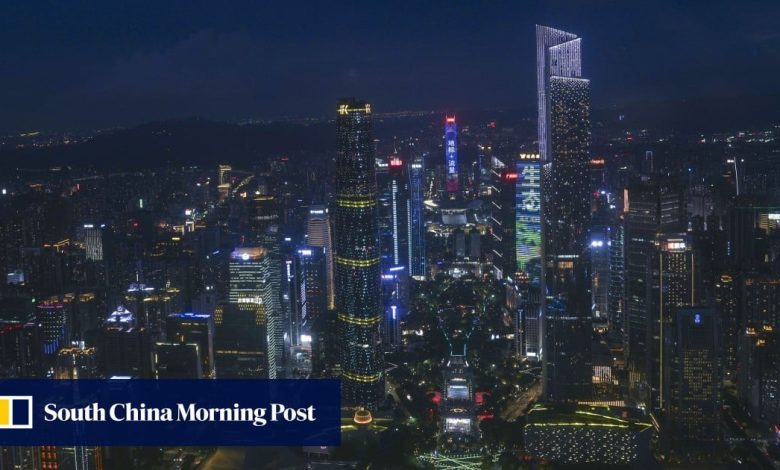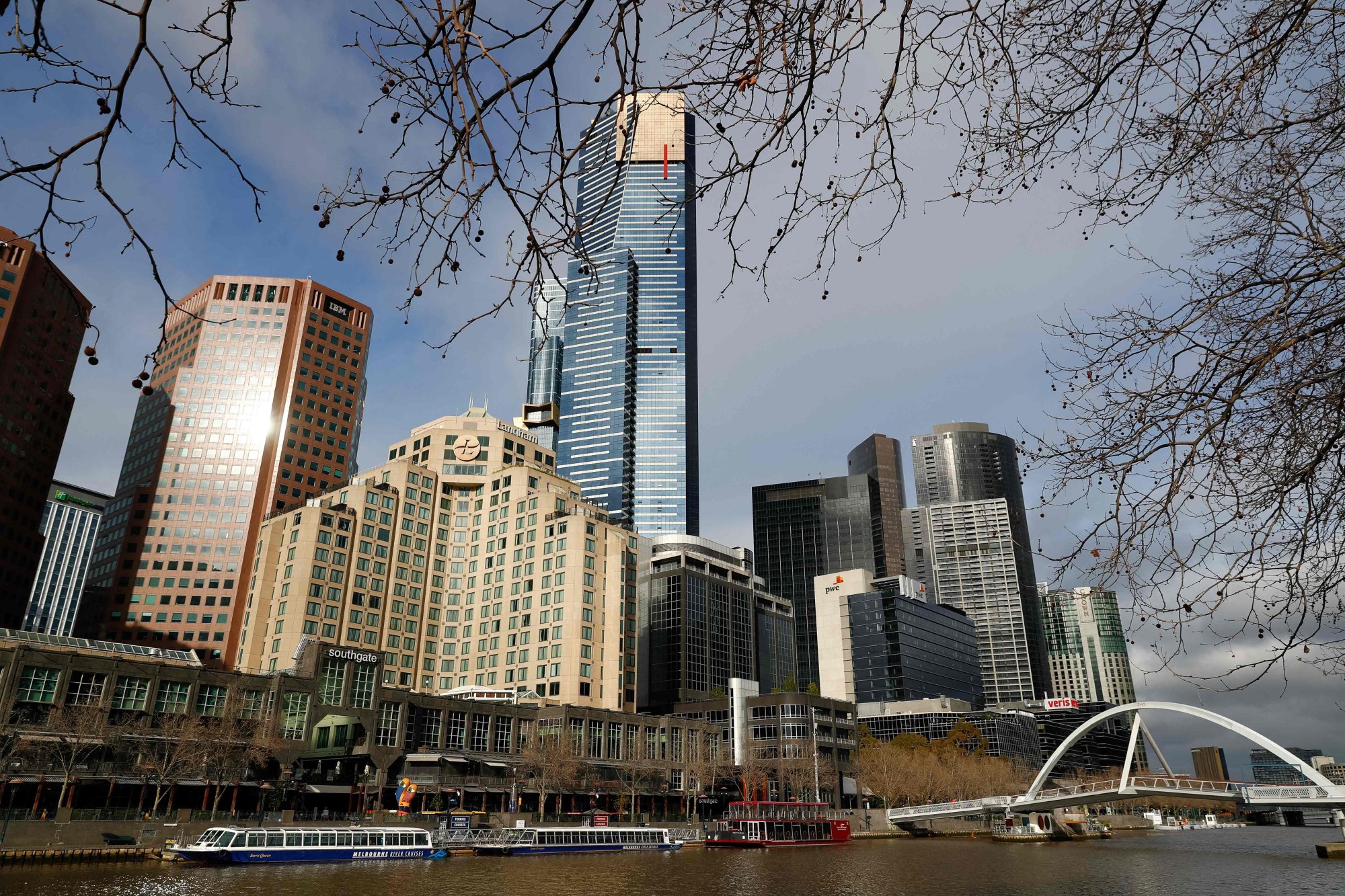Hong Kong, mainland China weigh on Asia-Pacific office rents amid high vacancy: report

In terms of quarter-on-quarter change, Shanghai, Shenzhen, Guangzhou, Hong Kong and Beijing were also among the laggards, with rents decreasing by between 0.9 per cent and 3.6 per cent, the report said. Their vacancy rates ranged from 12 per cent in Guangzhou and Hong Kong to 25.8 per cent in Shenzhen.
“Prime office markets in the Chinese mainland’s first-tier cities endured another challenging quarter, with rents declining by 10.8 per cent year on year in the second quarter, steeper than the 10 per cent drop in the first quarter,” Knight Frank said.
This indicated “worsening market conditions in these areas”, it added.
Vacancy rates in first-tier cities edged up by 0.2 percentage points in the second quarter, hitting more than 19 per cent.
“This rise coincided with the delivery of more than 700,000 square metres of new office space across Beijing, Guangzhou, Shanghai and Shenzhen,” Knight Frank said.
In Hong Kong, on the other hand, “falling office rents are also spurring recentralisation and flight-to-quality moves by occupiers”.

However, a 7 per cent decline in premium office rents in Hong Kong is anticipated this year, according to a separate report by Colliers. In the second quarter, vacancy rates hit 16.6 per cent, which translates to 13.8 million sq ft. This set a record for the second straight quarter, surpassing the previous peak by 400,000 sq ft.
“The majority of tenants prioritised cost savings and optimisation in view of a more conservative sentiment towards business outlook, thereby limiting the market demand,” said Fiona Ngan, head of occupier services at Colliers Hong Kong.
In contrast, the Australian cities of Brisbane, Perth and Sydney saw prime office rents rising between 5.1 per cent and 8.1 per cent in the quarter compared with 12 months earlier, Knight Frank said. Taipei, Seoul and Singapore rounded out the six best-performing markets, with rents rising from 2.9 per cent to 4 per cent in the period.
In quarter-on-quarter terms, Brisbane still topped the table with a 3.5 per cent rental increment, followed by Melbourne and Sydney.
“Markets with solid fundamentals are still recording strong growth, particularly in Australian cities and Taipei,” the report said.
Overall, second-quarter rents across the region slipped 3.1 per cent from a year ago, slightly improving from a 3.2 per cent drop in the preceding three months, Knight Frank said.
“The downwards trend has now persisted for two consecutive years,” it said. “Chinese mainland cities remain the primary factor behind this decline.”
Regional vacancy rates stabilised at 14.8 per cent, halting an upwards trend since the third quarter of 2022.
More than 11 million square metres of grade A office stock will come on stream this year, of which 60 per cent will be in mainland Chinese markets, the report said.
“Overall, Asia-Pacific’s prime office sector will remain tenant-favourable in 2024,” Knight Frank said.

